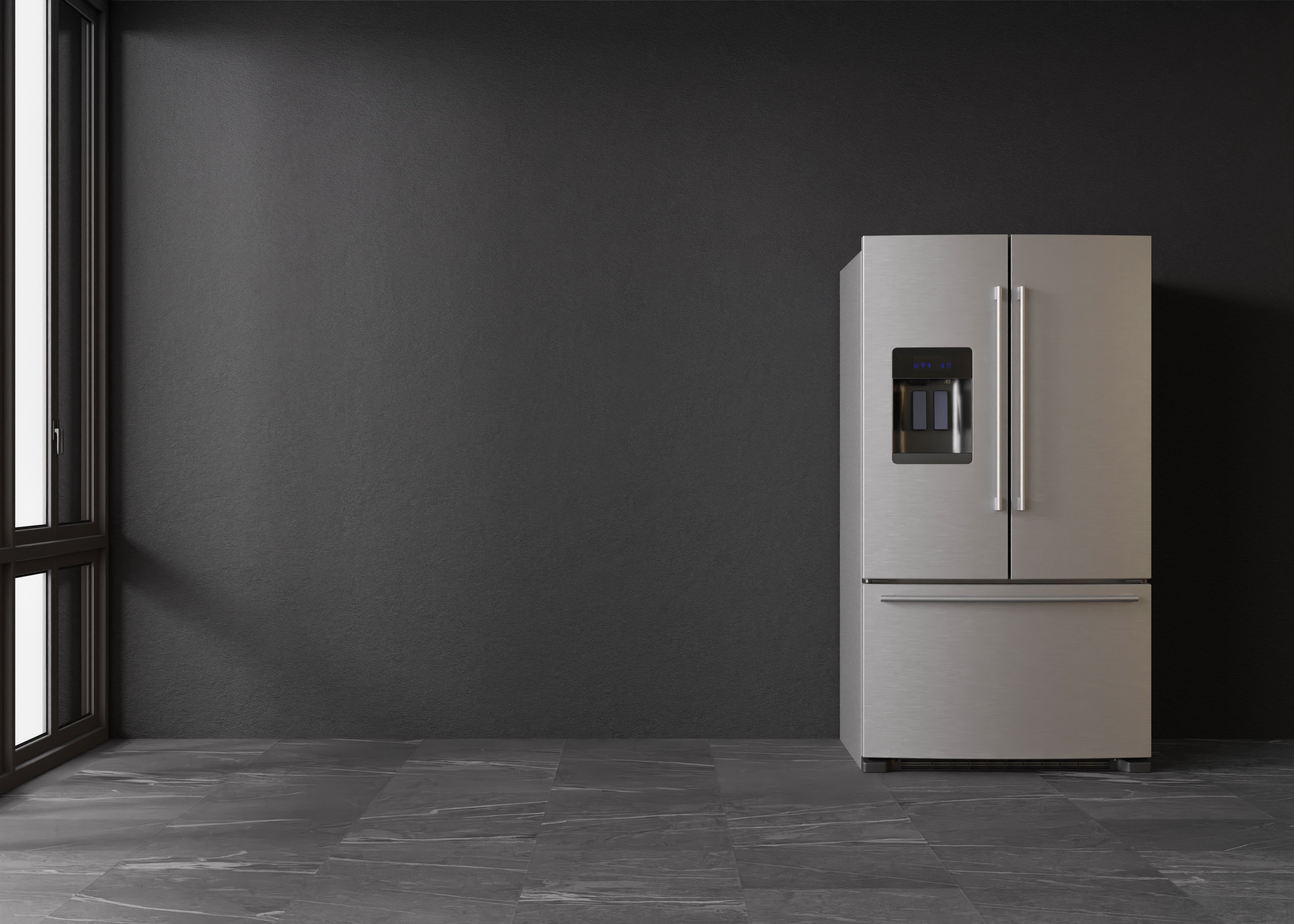The Comprehensive Guide to Refrigerators in the UK
Refrigerators are a vital home appliance in every household, serving an essential function in food preservation and safety. The UK market provides a diverse series of fridge types, sizes, features, and brand names. This article intends to provide an in-depth understanding of refrigerators readily available in the UK, including their functions, energy effectiveness, and aspects to think about when making a purchase.
Types of Refrigerators Available in the UK
When trying to find a refrigerator, it is important to comprehend the numerous types readily available. Each type includes its own set of functions and functions, accommodating different needs and preferences. The most typical types of fridges discovered in the UK include:
1. Top Freezer Refrigerators
- Description: The standard style, including the freezer compartment on top.
- Pros: More budget-friendly, large, easy access to fresh food.
- Cons: Limited freezer space, the top might be less hassle-free for bulk products.
2. Bottom Freezer Refrigerators
- Description: Freezer is situated at the bottom, permitting easier access to fresh food.
- Pros: Greater convenience, better visibility of fresh products.
- Cons: Usually more pricey, some may have a hard time with big frozen items.
3. Side-by-Side Refrigerators
- Description: Features two vertical compartments, one for the fridge and one for the freezer.
- Pros: Ample storage area, simple to access both frozen and fresh foods.
- Cons: Wider footprint, they may not fit in smaller cooking areas.
4. French Door Refrigerators
- Description: Combines features of bottom freezers and side-by-sides, with 2 doors for the fridge on top.
- Pros: Stylish design, spacious, and typically consists of innovative functions.
- Cons: Higher price point, aligns poorly with smaller kitchen area layouts.
5. Compact Refrigerators
- Description: Smaller models developed for restricted spaces.
- Pros: Ideal for studio apartments or workplaces, energy-efficient.
- Cons: Limited storage capability, might do not have functions.
6. Integrated Refrigerators
- Description: Designed to mix flawlessly with cooking area cabinetry.
- Pros: Custom fit, aesthetic appeal, increases home value.
- Cons: Higher expense, might use less versatility in placement.
7. Smart Refrigerators
- Description: Equipped with Wi-Fi and smart innovation features.
- Pros: Advanced features like touch screens and internal cameras.
- Cons: Expensive, more complicated to repair.
| Refrigerator Type | Availability | Typical Price Range | Energy Efficiency |
|---|---|---|---|
| Leading Freezer | Moderate | ₤ 300 - ₤ 600 | Typical |
| Bottom Freezer | High | ₤ 400 - ₤ 800 | Above Average |
| Side-by-Side | Easy | ₤ 800 - ₤ 1500 | Varies |
| French Door | High | ₤ 800 - ₤ 2000 | High |
| Compact | Restricted | ₤ 200 - ₤ 500 | Typical |
| Integrated | Custom-made | ₤ 1000 - ₤ 2500 | High |
| Smart | Variable | ₤ 1200+ | High |
Key Features to Consider
- Energy Efficiency: Look for models that are energy-efficient. In the UK, appliances are rated from A (most efficient) to G (least effective). An A+ score and above can result in considerable energy cost savings.
- Capability: Choose a fridge with enough capacity for your household. Best Fridge Freezer To Buy is 100-200 liters per person.
- Sound Level: Consider models that operate silently, particularly if the kitchen area is near living spaces.
- Cooling Technology: Features like frost-free innovation are worth the financial investment, as they decrease maintenance.
- Adjustable Shelves: Having adjustable shelves improves the versatility to save bigger items.
- Temperature level Control: Check for easy-to-use temperature controls and zones for different kinds of food.
- Style: Choose the design and color that matches your cooking area visual, whether you prefer a modern-day stainless-steel appearance or a timeless retro surface.
Purchasing Tips
- Determine Your Needs: Consider your cooking practices, family size, and kitchen area area.
- Set a Budget: Refrigerators come in various rate ranges. Develop a budget before you begin shopping.
- Research Study Energy Ratings: Invest in energy-efficient designs to minimize energy costs.
- Read Reviews: User experiences can supply insights into dependability and performance.
- Compare Brands: Some brand names are known for their sturdiness while others may use more innovative features.
Often Asked Questions (FAQs)
1. The length of time do fridges normally last?
- Refrigerators normally last between 10 to 20 years, depending upon the brand and how well they are kept.
2. Exist any upkeep ideas for prolonging the life of a refrigerator?
- Regularly clean the coils, check the door seals, and periodically thaw if needed to maintain optimum performance.
3. What is the best size refrigerator for a family of 4?
- For a family of four, a refrigerator with a capability of around 400-600 liters is generally enough.
4. Do I need to fret about energy usage when buying a refrigerator?
- Yes, energy consumption is necessary. Look for units with high energy efficiency scores to decrease monthly costs.
5. Should I select a fridge with a water and ice dispenser?
- This feature can be practical, specifically for families. However, it might need more upkeep than standard designs.
Acquiring a refrigerator is a substantial choice for any home in the UK. With different types readily available, each with its special functions and benefits, it is crucial to examine individual requirements before choosing. By considering elements such as energy efficiency, capability, and style aesthetics, customers can choose a fridge that lines up well with their way of life, ultimately boosting their kitchen area experience while securing food quality and freshness.

